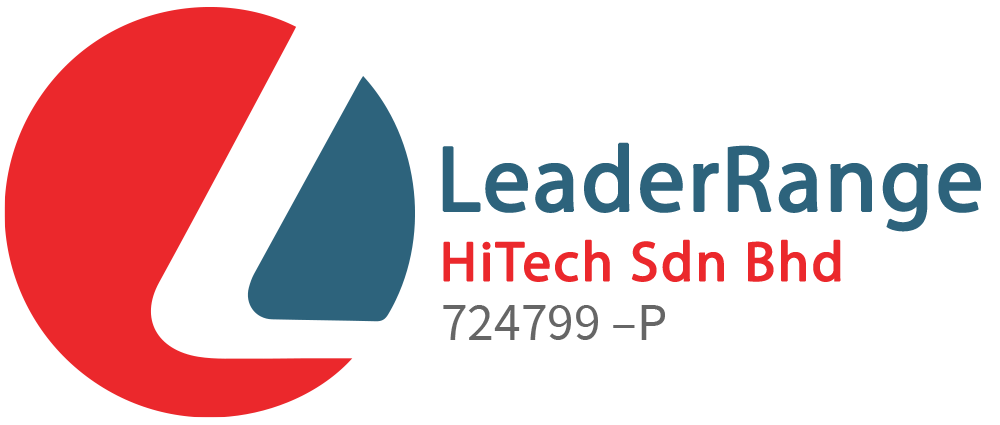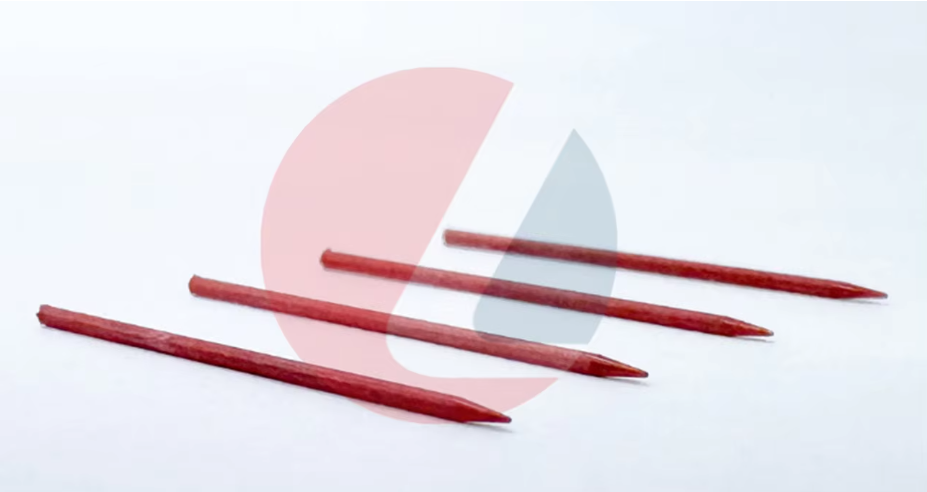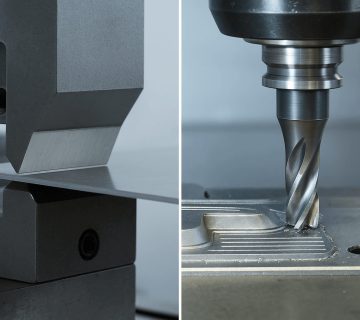In precision moulding and die-casting industries, ejector pins and ejector needles play a pivotal role in ensuring efficient part ejection without compromising the quality or shape of the final product. Whether you’re working in plastic injection moulding, semiconductor packaging, or metal casting, choosing the right type and coating for your ejector pins can directly affect performance, cycle times, and tool life.
This article explores the different types of ejector pins, the importance of coatings like TiN and DLC, and what to look for in a reliable ejector pins manufacturer.
Why Ejector Pin Coatings Matter
While the choice of base materials—such as H13 tool steel or SKD61—is crucial for strength and heat resistance, the surface coating applied to ejector pins can dramatically improve their performance in moulding environments. Coatings are particularly valuable in high-friction, high-wear, or precision-driven industries like semiconductors and automotive manufacturing.
Coated ejector pins benefit from improved lubricity, reduced friction, increased wear resistance, and better corrosion protection. This translates to fewer maintenance interruptions, longer tool life, and better part quality.
Common Coating Options for Ejector Pins:
TiN (Titanium Nitride):
- Recognisable by its gold-coloured finish
- Provides a hard, wear-resistant surface ideal for general-purpose applications
- Helps reduce friction and prevents galling, extending the service life of the pin and the mould
DLC (Diamond-Like Carbon):
- A high-end, ultra-hard carbon-based coating with excellent lubricity
- Suitable for applications requiring clean, contamination-free environments such as semiconductor packaging
- Its smooth surface minimises build-up and enables precise, low-friction movement
TiCN (Titanium Carbonitride):
- Offers higher hardness and abrasion resistance than TiN
- Well-suited for aggressive or high-speed moulding applications where durability is critical
PTFE (Polytetrafluoroethylene):
- Known for its non-stick and self-lubricating properties
- Commonly used in plastic moulding where part adhesion is an issue
- Helps improve surface finish of ejected parts and reduce sticking problems
Why Coating Matters: Key Advantages
- Extended Service Life: Coatings act as a barrier against wear and corrosion, prolonging the lifespan of both pins and moulds.
- Improved Moulding Efficiency: Reduced friction means smoother ejection, minimising downtime due to sticking or damage.
- Better Product Quality: Coated pins lower the risk of surface defects like scratches or dents on moulded parts.
- Lower Maintenance Costs: Less frequent pin replacements and fewer maintenance stops save both time and cost in the long run.
By understanding the benefits and applications of different ejector pin coatings, manufacturers can choose the most suitable option for their production requirements—especially in demanding sectors that require high precision and reliability.
Choosing the Right Ejector Pins Manufacturer
Working with a reputable ejector pins manufacturer is critical. Precision, consistency, and material quality are non-negotiable when it comes to high-performance ejector pins and ejector needles.
Key Factors to Consider:
- Material Quality: H13 steel, SKD61, and tungsten carbide are common high-durability choices.
- Manufacturing Tolerances: Look for tight tolerances (e.g., +/- 0.005 mm) for high-precision applications.
- Coating Capabilities: Manufacturers offering various coating options help you customise your tools.
- Customisation Services: Ability to provide vented, stepped, or special-shaped pins.
- Industry Experience: Suppliers with semiconductor or medical moulding experience usually meet higher standards.
Applications Across Industries
- Semiconductor: Precision ejector needles with DLC coating are essential for clean and defect-free chip packaging.
- Automotive: High-speed injection moulding uses coated ejector pins for fast and repeatable cycles.
- Medical Devices: Blade and custom ejector pins are common for small, intricate moulded parts.
- Consumer Electronics: Compact ejector needles help in tight cavity spaces for housing parts and connectors.
Maintenance Tips for Ejector Pins
To ensure consistent performance:
- Regularly clean ejector pins to remove resin build-up
- Monitor for surface wear and replace if scratched or deformed
- Lubricate appropriately to minimise friction and sticking
- Store coated pins in anti-static or cleanroom conditions where applicable
Final Thoughts
Ejector pins and ejector needles may seem like small components, but they play an essential role in the overall success of the moulding process. With the right type, coating, and supplier, manufacturers can significantly improve cycle efficiency, part quality, and tool longevity.
Whether you’re sourcing for automotive, semiconductor, or plastic moulding applications, understanding these details helps you make informed choices. Partnering with an experienced ejector pins manufacturer ensures you get consistent quality and performance where it matters most.
Need help choosing the right ejector pins for your application? Contact us to explore our precision ejector needles and custom pin solutions.


